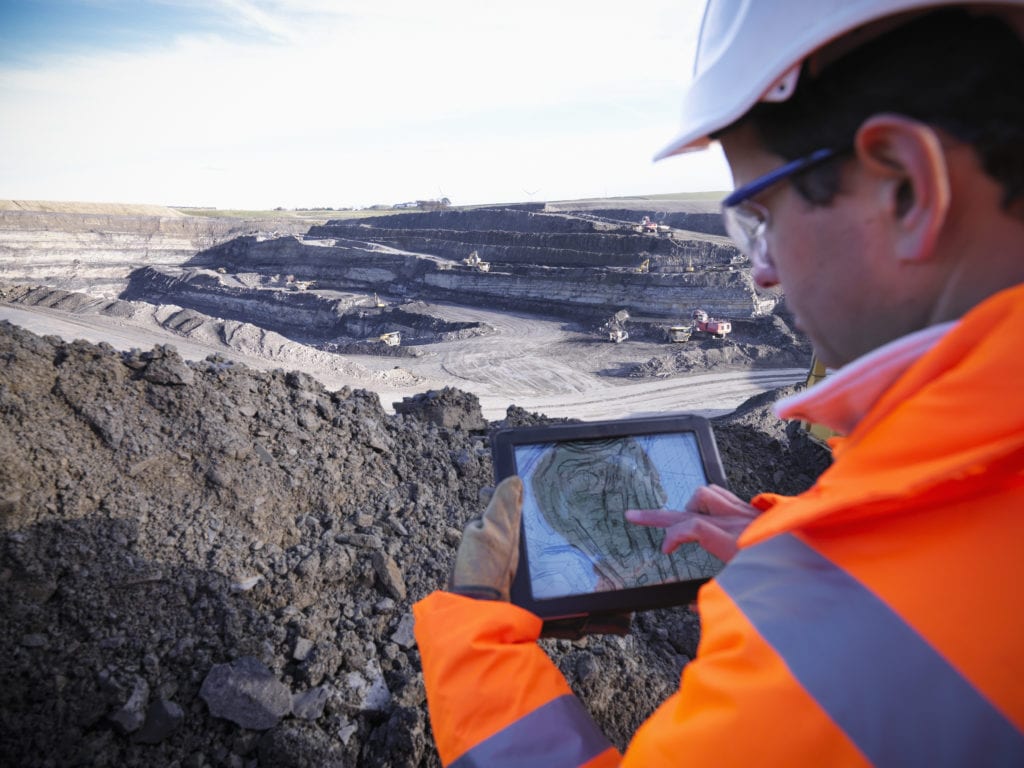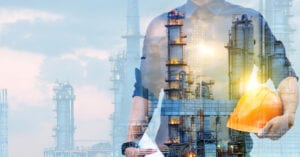
Sustainability is back on top of the agenda in Mining & Metals. It is the “right thing to do”, but it is also driven by the need to respond to reputational crises, investor pressure and the evolving social license to operate.
The broadest and clearest definition says that sustainability focuses on meeting the needs of the present without compromising the ability of future generations to meet their needs. The concept of sustainability is composed of three pillars: economic, environmental, and social—also known informally as profits, planet, and people.
In very recent times, just a few examples of actions we have seen include:
Actions by major companies
- In 2019, a landmark speech by BHP’s CEO, Andrew Mackenzie where out BHP’s response to the challenge of global warming is laid out (for the first time addressing Scope 3 Emissions)
- In 2020, BHP further moved to set emissions targets including net zero by 2050, partner with a major steel reduce Scope 3 emissions and commit to responsible production of copper
- Other major miners like Rio Tinto and Vale have also committed to the net zero target
- Fortescue Metals Group (FMG) announcing initiatives to become a hydrogen producer which can be used in hydrogen fuel cell trucks and to replace coking coal with hydrogen in steel production
Actions by investors
- Investors are taking direct action, including voting to impose Scope 3 emissions targets on mining companies at Annual General Meetings
- Investor industry groups are developing strategies and guidance for investment in Mining & Metals, including assessing climate change risks for investors
Actions by industry groups & researchers
- The re-definition of the purpose of an organization to state shareholders no longer have primacy and are put on an equal footing with communities, workers, customers, and suppliers
- The Responsible Steel initiative is building a standard whose mission is to give businesses and consumers globally the confidence that all steel has been sourced and produced responsibly at all levels of the supply chain, from raw materials suppliers to end users
- Renewed academic work on the Circular Economy in Mining, first discussed on a Schneider Electric Blog in 2014
Sustainability + digital is the key
One of the key elements in sustainability today is the intersection of new digital capability with sustainability strategy. If the digital transformation and the sustainability transformation are aligned, it will enable movement in both the right direction and at an accelerated speed.
Let’s take energy and emissions for example. Some of the basic sustainability strategies are to improve energy efficiency, to use renewable energy sources and to manage the supply/demand dynamic via energy storage and load shedding. How does digital add more value? Two examples are process and energy analytics to determine the optimal energy operating point for process plants and microgrid optimization to forecast, schedule and execute when to store, produce, consume or sell energy from distributed energy resources.
Digital + sustainability framework
Generalizing, there are four parts of a digital + sustainability framework, from evolution to revolution:
- Be energy efficient – Improve energy efficiency by identifying and eliminating waste in energy usage and distribution
- Energy metering
- Energy reporting in the plant, across multiple sites
- Use of drives to adjust motor speed throughout the run-cycle
- Make the most of precious resources including water and valuable ore – Minimize resource waste by optimizing operations management processes
- Asset Management
- Production Management
- Energy Efficiency
- Integrated Operations
- Holistic sustainability strategy
- Make the energy supply transition – Minimize scope 2 emissions by optimizing renewable power
- Zero carbon by design – New carbon zero processes eliminate scope 1 & 3 emissions
- Replacement of gas and coal burning in processes by direct electric power or use of hydrogen
Taking a step-by-step approach, from evolutionary to revolutionary technologies, is a realistic strategy for the resources industry today. “Evolutionary technologies” exist and can easily be adopted today that can help cut emissions. While this is an important step to take, simply improving operational efficiencies and process optimization won’t be enough long term. “Revolutionary technologies” that act on decarbonization and circular economy are emerging and must eventually also be adopted.
Watch the panelists Innovation Talk “Sustainability at the Source: Getting it Right from the Start” where your industry peers discuss their sustainability strategies in a world where mining, steel and cement provide us with the essential raw materials we use in our everyday lives.
*Original blog was published September 2019 and has been updated December 2020.



